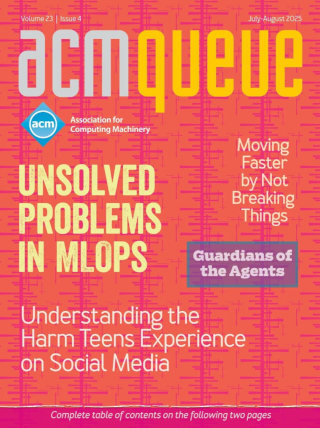
Computers in Patient Care: The Promise and the Challenge:
Information technology has the potential to radically transform health care. Why has progress been so slow?
A 29-year-old female from New York City comes in at 3 a.m. to an ED (emergency department) in California, complaining of severe acute abdominal pain that woke her up. She reports that she is in California attending a wedding and that she has suffered from similar abdominal pain in the recent past, most recently resulting in an appendectomy. The emergency physician performs an abdominal CAT scan and sees what he believes to be an artifact from the appendectomy in her abdominal cavity. He has no information about the patient’s past history other than what she is able to tell him; he has no access to any images taken before or after the appendectomy, nor does he have any other vital information about the surgical operative note or follow-up. The physician is left with nothing more than what he can see in front of him. The woman is held overnight for observation and released the following morning symptomatically improved, but essentially undiagnosed.
A Paucity of Ports:
Debugging an ephemeral problem
I’ve been debugging a network problem in what should be a simple piece of network code. We have a small server process that listens for commands from all the other systems in our data center and then farms the commands out to other servers to be run. For each command issued, the client sets up a new TCP connection, sends the command, and then closes the connection after our server acknowledges the command.
Injecting Errors for Fun and Profit:
Error-detection and correction features are only as good as our ability to test them.
It is an unfortunate fact of life that anything with moving parts eventually wears out and malfunctions, and electronic circuitry is no exception. In this case, of course, the moving parts are electrons. In addition to the wear-out mechanisms of electromigration (the moving electrons gradually push the metal atoms out of position, causing wires to thin, thus increasing their resistance and eventually producing open circuits) and dendritic growth (the voltage difference between adjacent wires causes the displaced metal atoms to migrate toward each other, just as magnets will attract each other, eventually causing shorts), electronic circuits are also vulnerable to background radiation. These fast-moving charged particles knock electrons out of their orbits, leaving ionized trails in their wake. Until those electrons find their way back home, a conductive path exists where there once was none.



